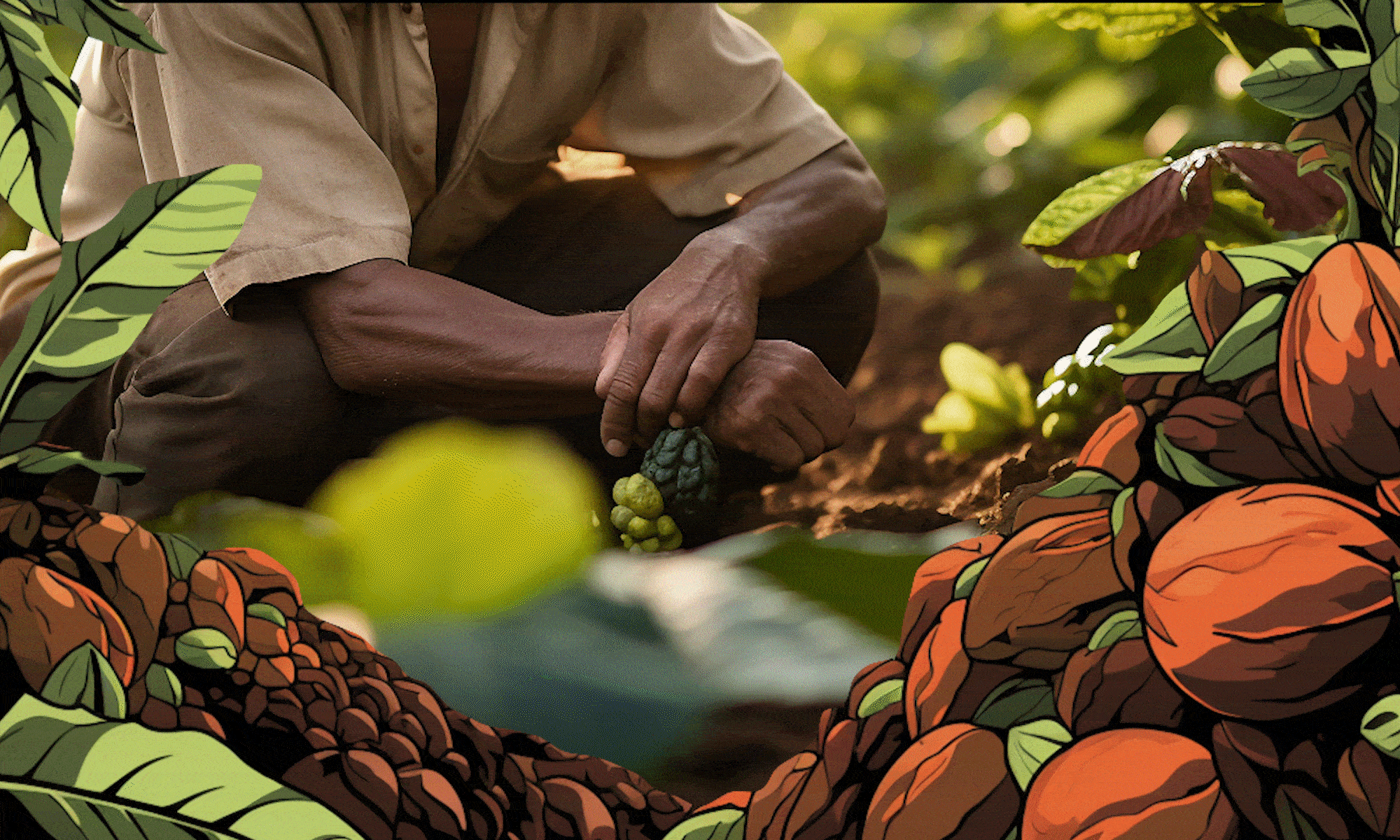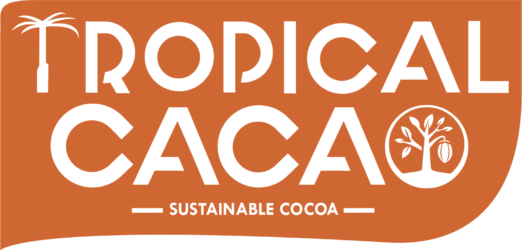Harvesting cacao is the first step in the chocolate production journey. Proper timing and technique during harvest significantly impact the flavor and quality of the final product. This article explores how cacao is harvested, the challenges involved, and its importance in producing premium chocolate.
Why Proper Harvesting Matters
Harvesting cacao involves more than simply picking pods off a tree. It requires precision and knowledge to ensure that only ripe pods are collected. Premature or overripe pods can lead to beans that lack the desired flavor profile or are unusable for chocolate production.
Key Reasons for Proper Harvesting:
Flavor Development: Ensures beans reach full maturity, optimizing their flavor potential.
Reduced Waste: Avoids collecting beans that cannot be fermented or processed effectively.
Improved Efficiency: Streamlines the post-harvest process, from fermentation to drying.
The Harvesting Process
Cacao harvesting is done manually to protect the delicate pods and trees. The process typically includes the following steps:
- Inspection of Pods: Farmers examine the pods, looking for a yellow or orange color, depending on the variety, as a sign of ripeness.
- Careful Cutting: Pods are carefully cut from the tree using sharp tools to prevent damage to the tree and the next crop.
- Collection: The harvested pods are gathered and transported for further processing.
- Pod Opening: Beans are extracted from the pods, leaving behind the husk.
Timing of the Harvest
The timing of the harvest varies depending on the cacao variety and growing region. Most cacao-producing areas have two harvest seasons:
Main Harvest: Produces the majority of the year’s beans.
Mid-Crop Harvest: A smaller harvest, often used for local production or specific markets.
Harvesting must align with the cacao’s natural growth cycle to ensure optimal quality.
Challenges in Harvesting
Cacao harvesting is labor-intensive and comes with several challenges:
Manual Labor: Harvesting by hand is time-consuming and physically demanding.
Ripe Pod Identification: Misjudging ripeness can lead to inferior beans.
Environmental Factors: Weather conditions, pests, and diseases can affect the harvest.
Sustainable Harvesting Practices
At Tropical Cacao, we emphasize sustainable harvesting techniques that benefit farmers, the environment, and the end product:
Training Programs: Providing farmers with knowledge to identify ripeness and harvest efficiently.
Use of Eco-Friendly Tools: Promoting tools that reduce damage to trees and pods.
Minimizing Waste: Encouraging the use of pod husks as compost or animal feed.
The Impact of Harvesting on Chocolate
Properly harvested cacao pods result in beans that ferment evenly and develop consistent flavors. Conversely, poorly harvested pods can lead to:
Off-Flavors: Beans from unripe or overripe pods may produce chocolate with undesirable tastes.
Low Yields: Inefficient harvesting can reduce the volume of usable beans.
By focusing on correct harvesting techniques, farmers can maximize the quality and quantity of their cacao.
Conclusion
Harvesting is the foundation of cacao processing and directly impacts the quality of chocolate. Investing in proper harvesting practices benefits farmers, producers, and chocolate enthusiasts alike. At Tropical Cacao, we are committed to supporting farmers with the tools and knowledge needed to harvest cacao sustainably and effectively.
Discover more about our practices at Tropical Cacao.

